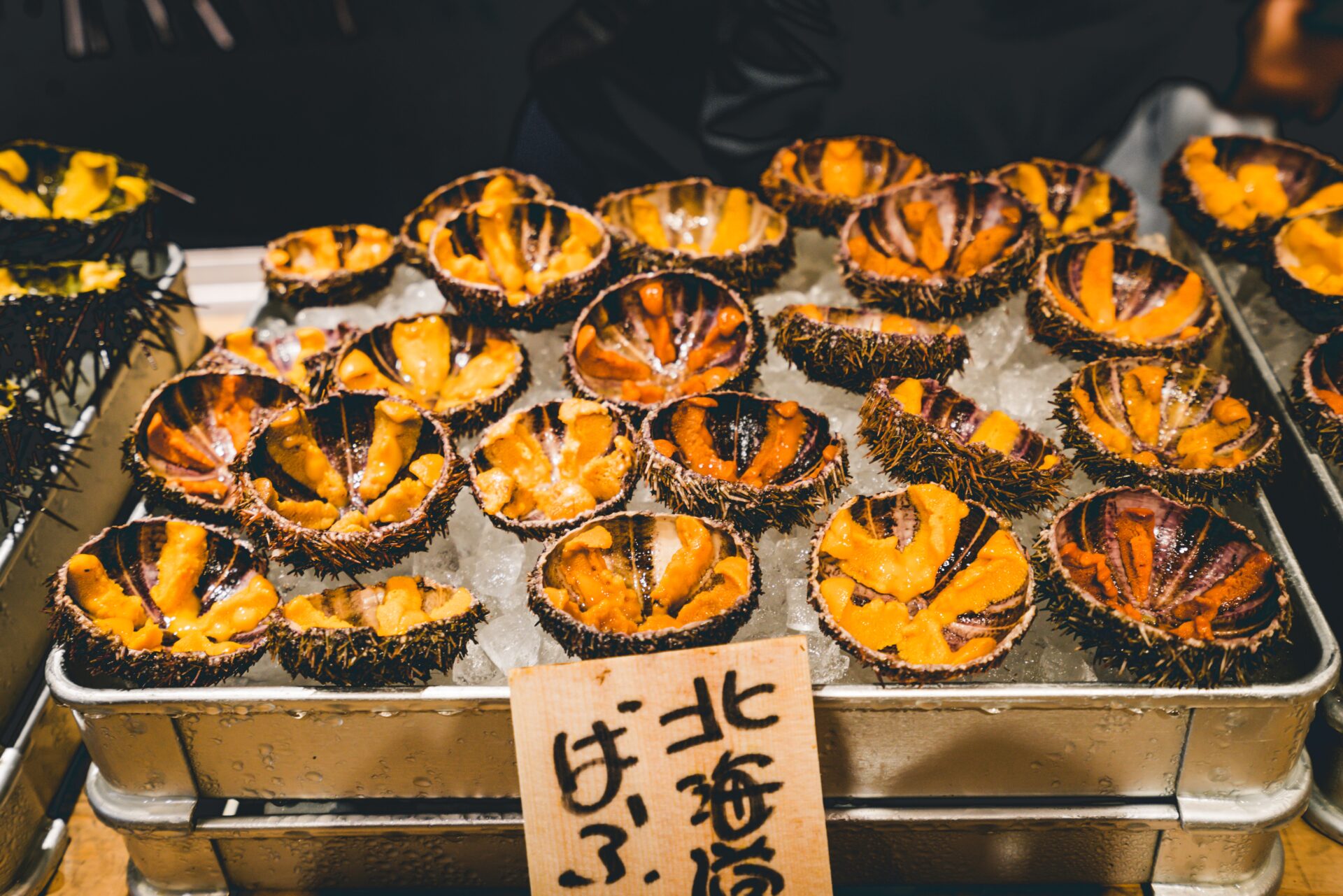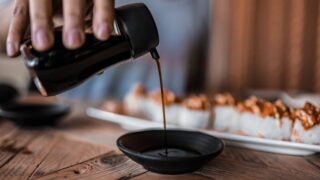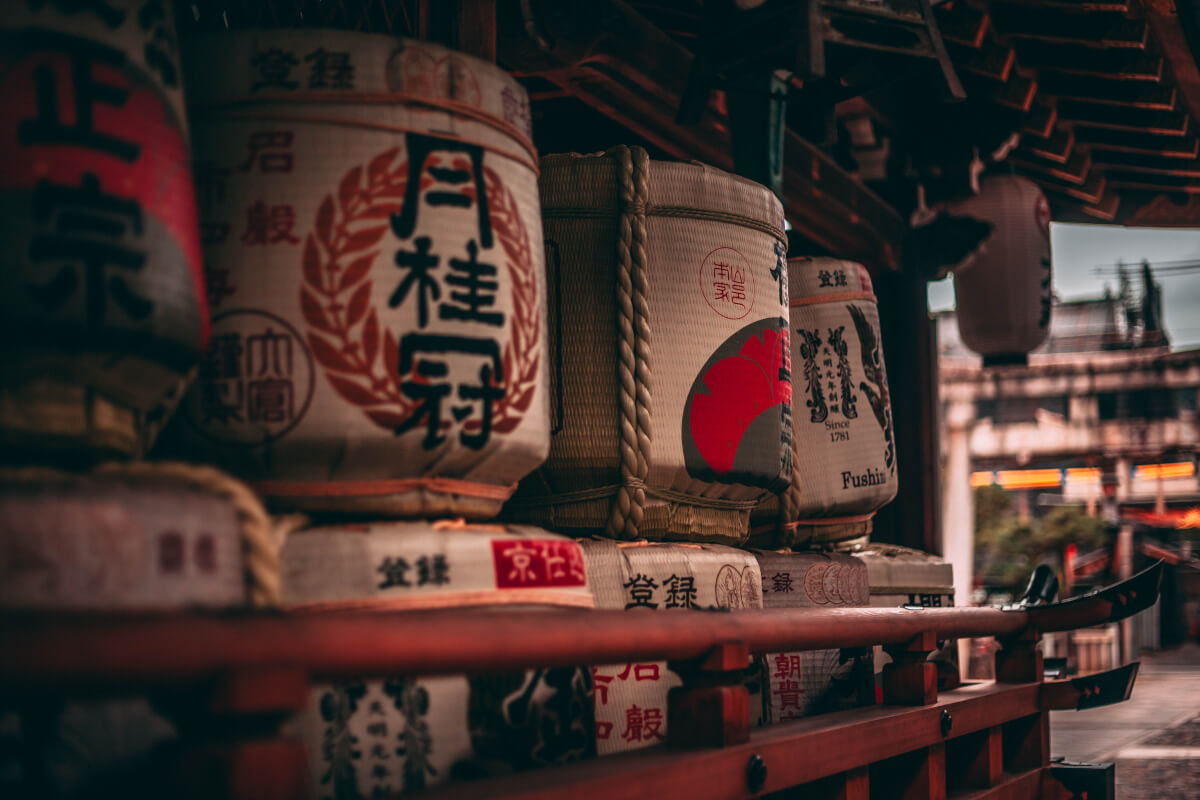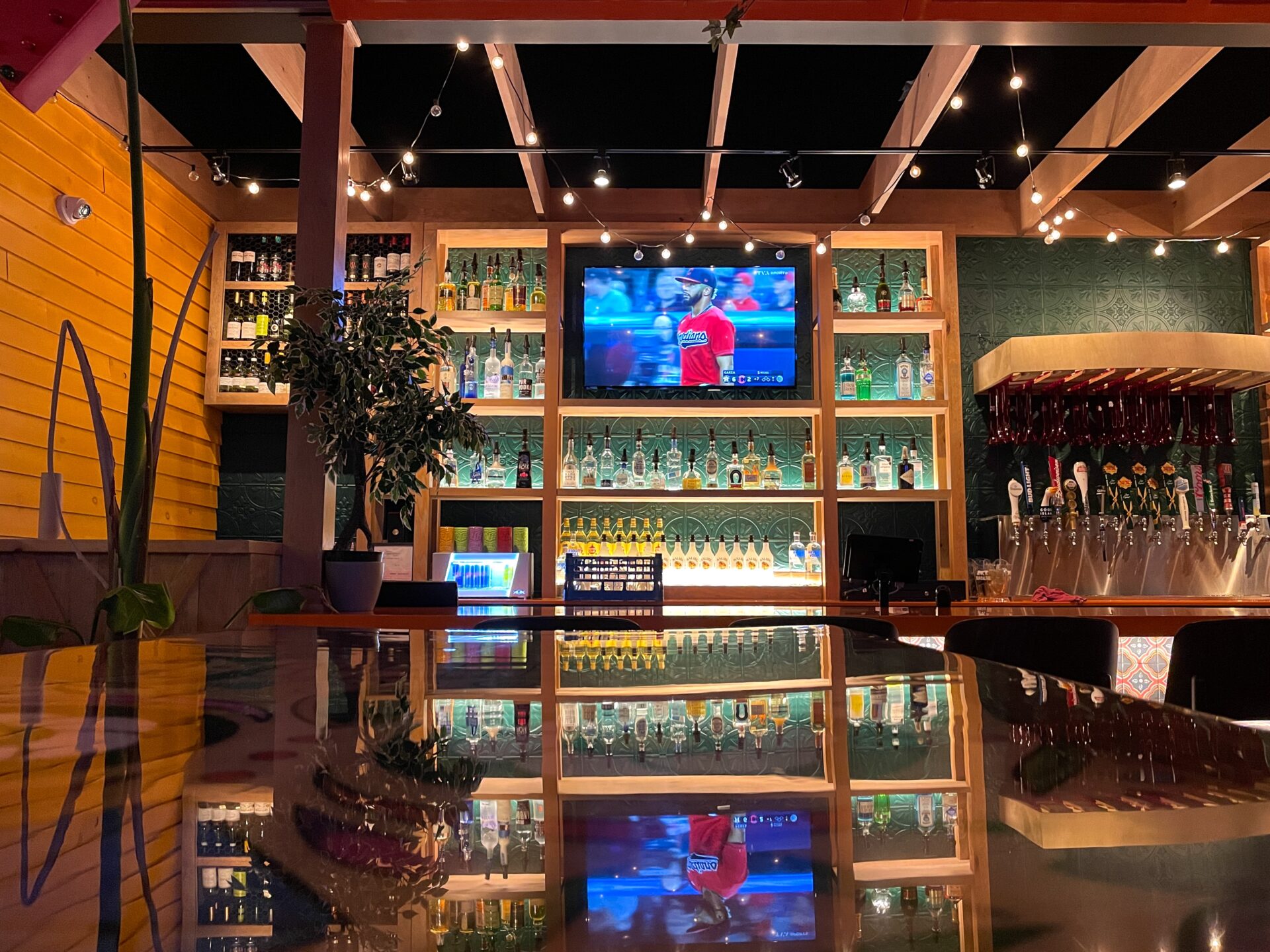Nearly everyone is familiar with Japan’s most famous foods such as sushi and ramen that have made their way across the world via Japanese restaurants. Of course, Japanese cuisine consists of much more than its most famous dishes, and some Japanese foods might come off a bit weird or strange to travelers who are not familiar with them. Here is a list of some of the most unique Japanese foods that you either may or may not want to try when you come to Japan!
1. Natto
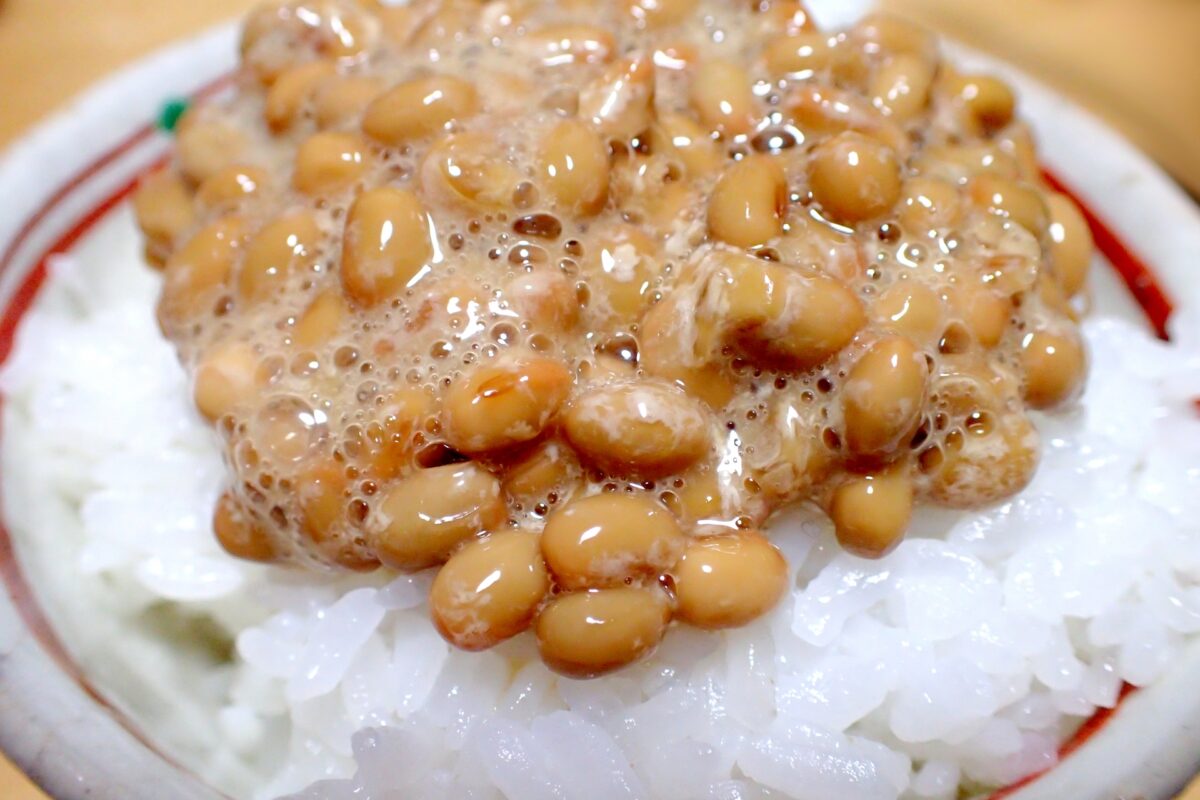
Those who try natto for the first time often have to get used to the smell, which is rather musty and is sometimes described as “sweaty feet”. Then, you also have to get over the long and sticky threads that natto produces when you break it into smaller bits. But getting used to the funky fermented soybean snack is worth it as there is a myriad of health benefits associated with eating natto. Eating natto regularly helps your immune system, bone health, and digestion. It is good as a rice topping, inside a sushi roll, or just as it is.
2. Sea Urchin

If you’re from the Mediterranean or Chile you may already be familiar with this hearty snack. But in countries where this culinary practice is not common, most people will have never eaten sea urchin before. In Japan, sea urchin is called uni and it is usually served raw as a type of sushi or as a topping on kaisendon (rice with seafood toppings). You can also enjoy uni as it is and eat directly from the halved spiky sea creature.
Because it is bright orange and rather slimy, first-timers tend to shy away from eating raw sea urchin and while we agree that its salty flavor is a bit of an acquired taste, once you’re gotten used to it it becomes a tasty delicacy. Sea urchin is very healthy as well with plenty of fiber, vitamins, minerals, and omega-3 fatty acids to nourish you.
3. Beef Tongue
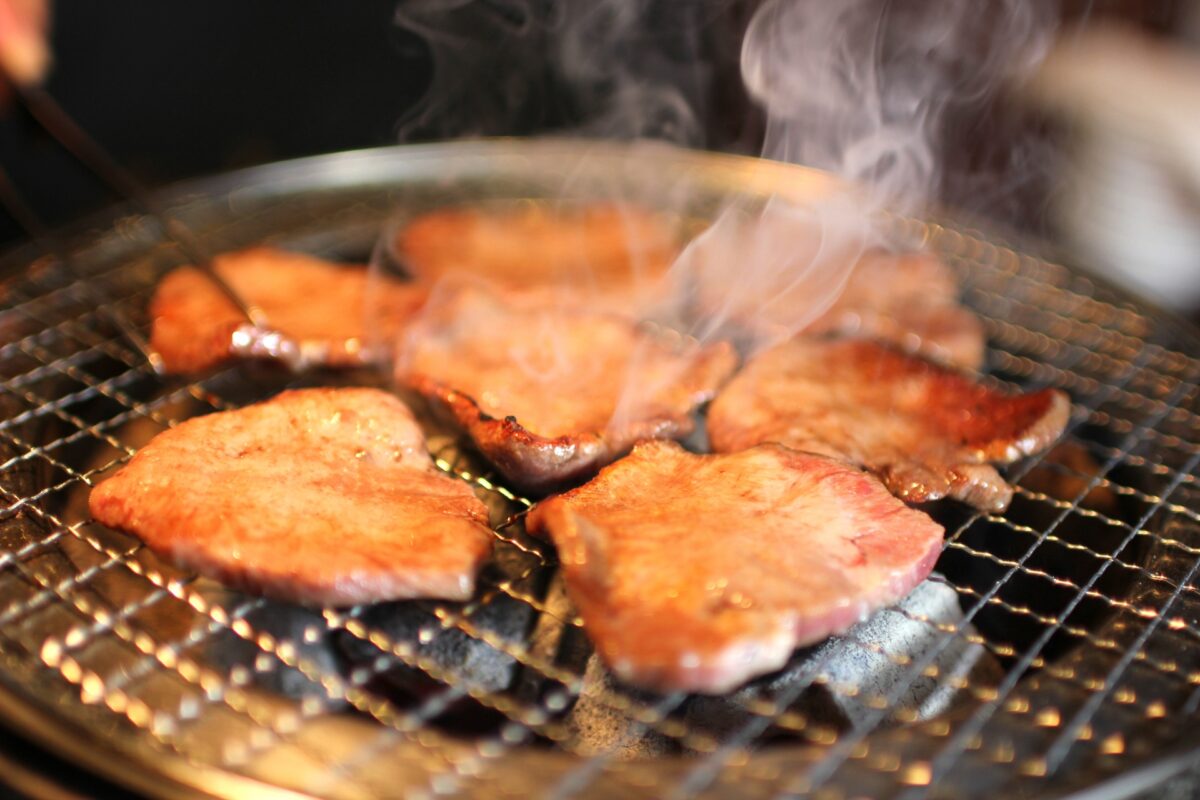
In many traditional European cuisines, beef tongue used to be a much-loved dish. Let it stew for many hours and you will have a perfectly soft and flavorful side dish for your potatoes and vegetables. Nowadays, many younger people abroad aren’t big fans of tongue because they don’t like the visual or the general idea. But, they might change their mind if they try beef tongue on the yakiniku barbeque in Japan. Cut into thin slices, the meat is grilled for a short time and after which it is enjoyed with some pepper and salt or a sauce and rice. It’s surprisingly delicate and tasty if you eat tongue in this way so give it a try!
4. Intestines
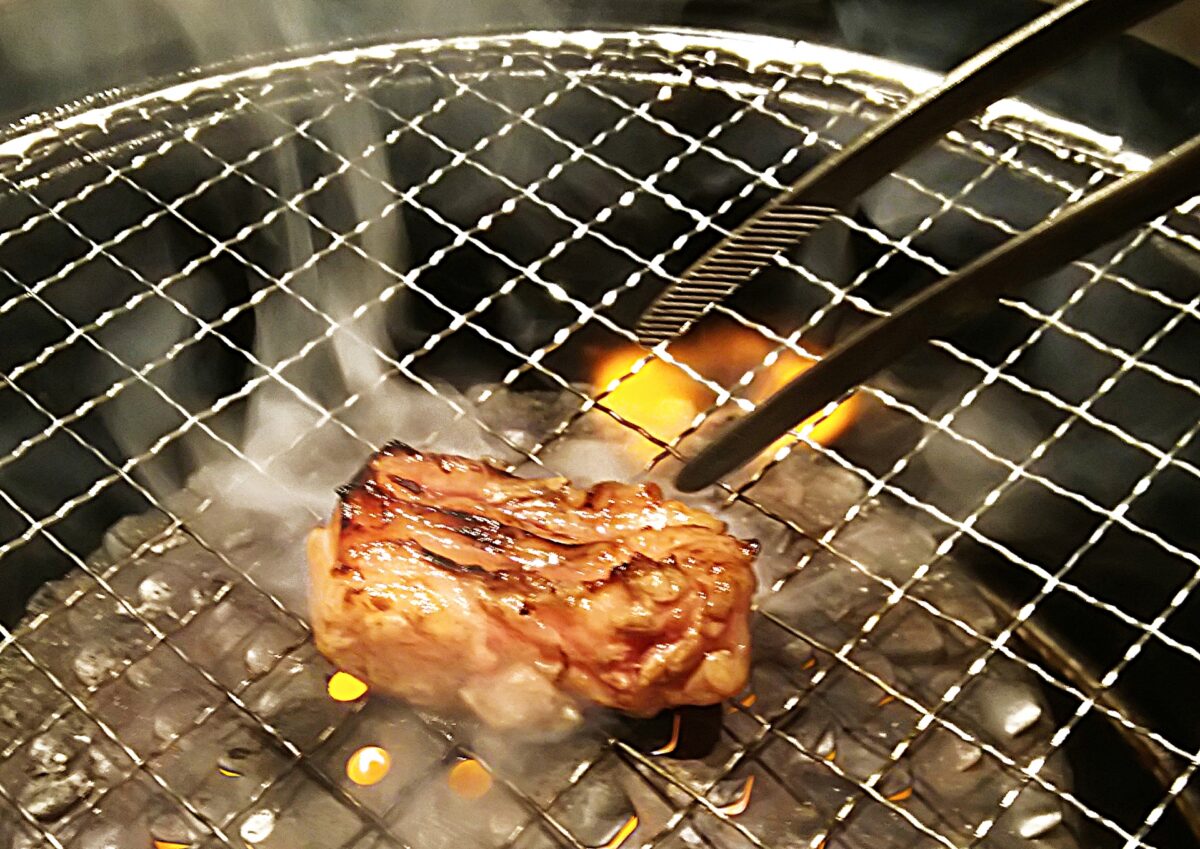
Another dish that may have once been popular in other parts of the world as well that the younger generations seem to have lost their appetite for is intestines. Usually enjoyed as yakiniku just like beef tongue, the chewy pieces of the small intestine pack a punch in umami flavor. One important aspect of the meat cut is that the small intestine is chock full of collagen which is said to help your skin look better. So it is no wonder that intestines are a favorite among women of all ages in Japan when they enjoy a yakiniku barbeque.
5. Cartilage
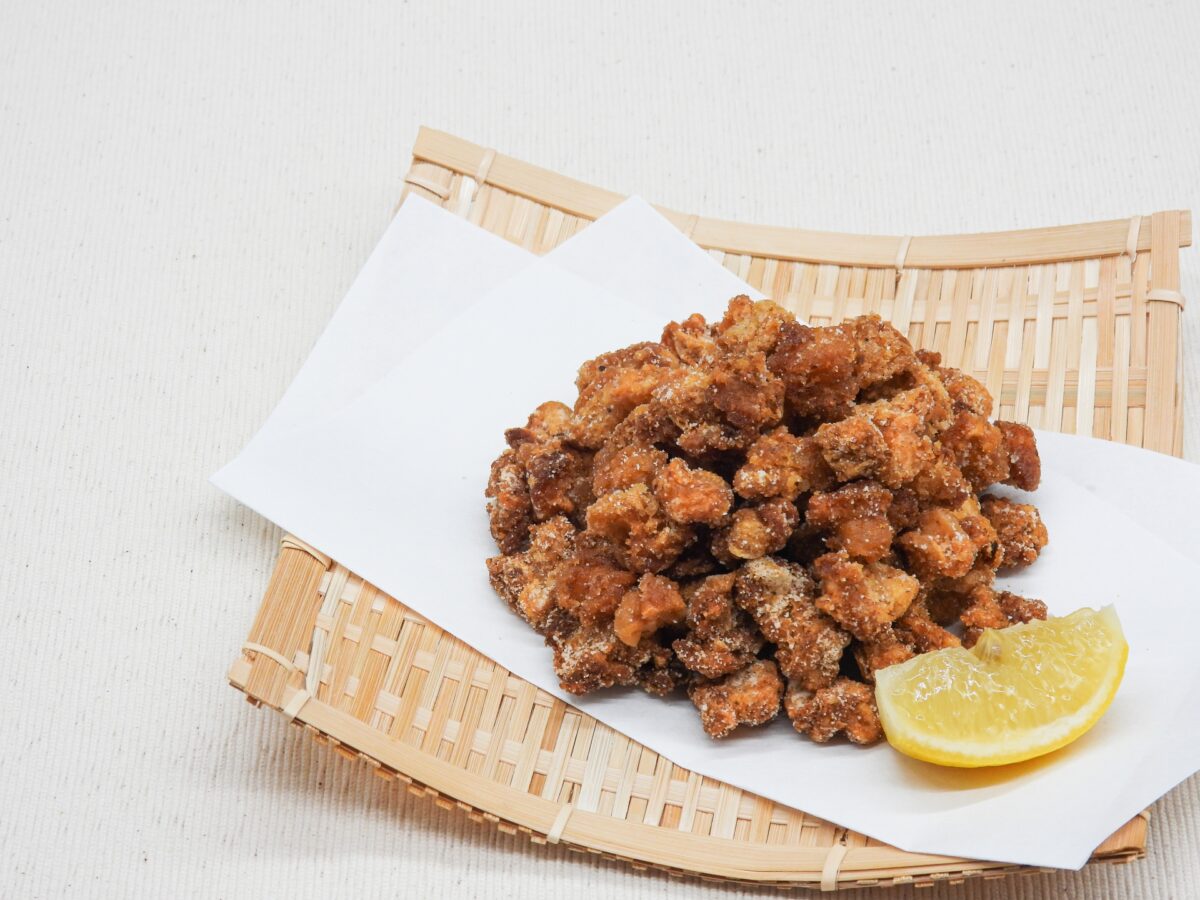
When you think of yakitori ‘grilled chicken’, you will usually think of juicy pieces of thigh or breast meat on a stick. While this is indeed a popular type of yakitori, there are many other types. Many parts of the chicken are used, including the heart, liver, intestine, and cartilage. Especially the cartilage, or nankotsu, yakitori is met with surprise by many international travelers. Why would you want to eat something that is rather hard and chewy? Lovers of nankotsu enjoy the crunchy texture of the grilled or deep-fried snack with a bit of lemon, and it is said that eating cartilage is good for your skin and hair.
6. Pufferfish
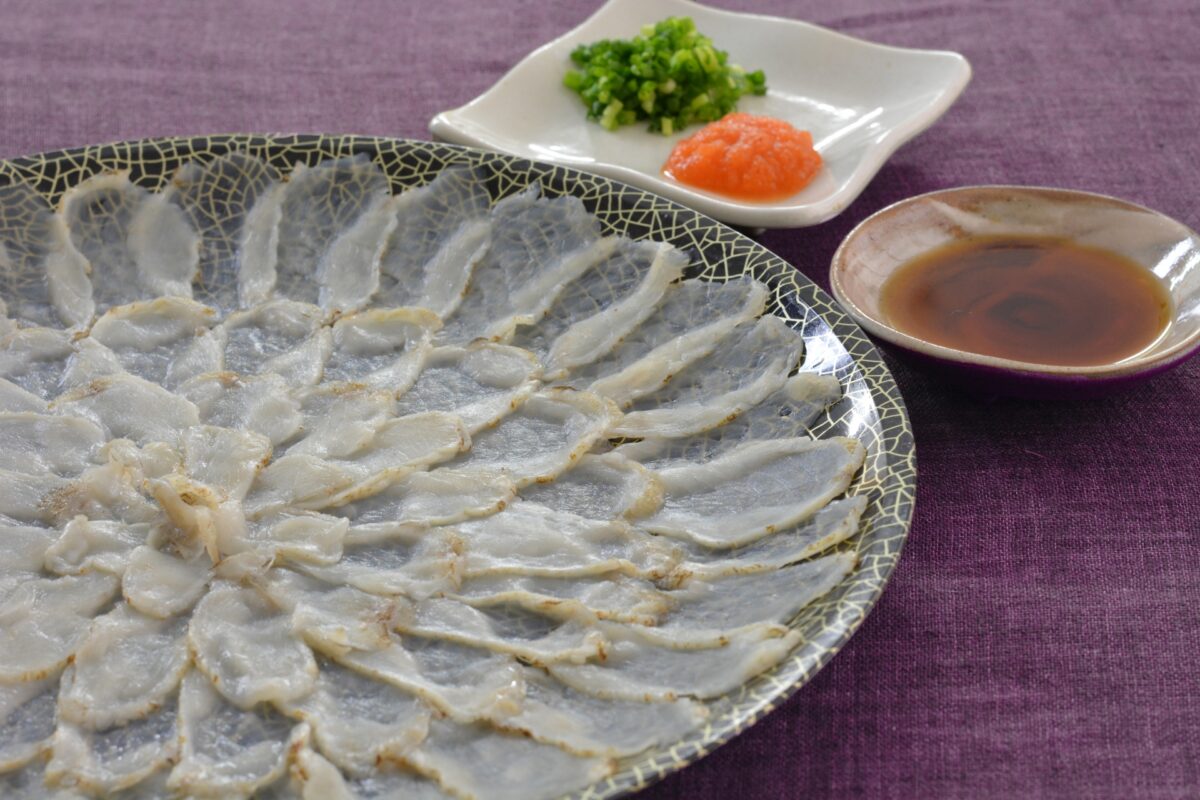
This dish is the only one on the list that is actually extremely dangerous if it is not prepared correctly. Indeed, the pufferfish, or fugu, is infamous for its toxicity and many have heard the horror stories of the victims of untrained chefs. In reality, deaths because of incorrectly prepared pufferfish are extremely rare in restaurants as the chefs who deal with this dish are very well-trained, and if someone dies because of eating fugu it is almost always because they tried their own hand at cooking some. The taste of fugu is like white fish, and it is surprisingly mild and easy to eat. When you are in Japan, it is definitely recommended to try pufferfish!
7. Raw Egg on Rice
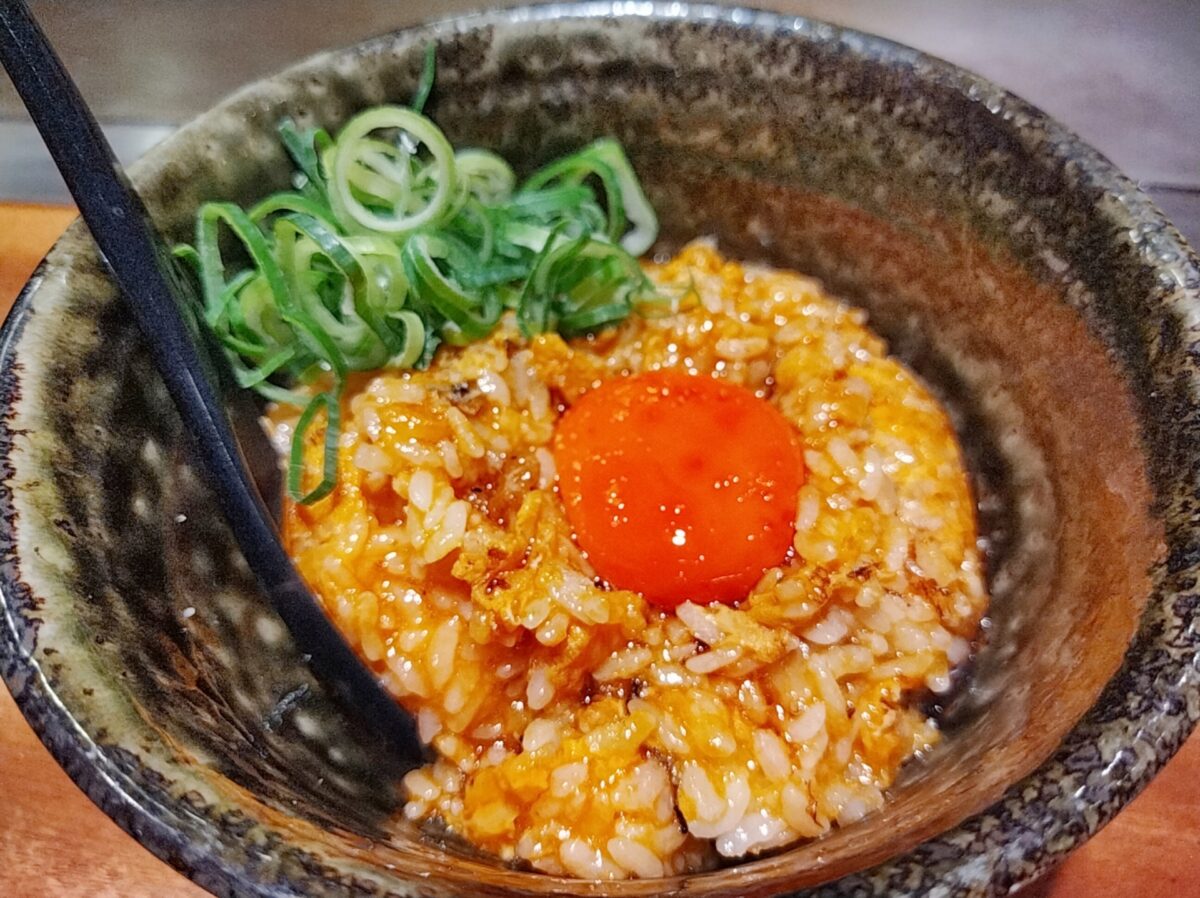
If you are staying in a typical Japanese business hotel, chances are that you will see at least a few people enjoying some ‘tamago kake gohan (TKG)’ for breakfast. It literally means “raw egg on rice”, and that’s exactly what it is plus some soy sauce for extra flavor.
While this might be dangerous to eat in most other places in the world because of salmonella, Japan prides itself on its high-quality eggs that can safely be eaten raw if they are eaten within their expiration date. Eating TKG is a healthy way to start the day and it will give you a nice boost of energy. You can enjoy TKG with different extra toppings such as okura, nori seaweed, or ginger. TKG goes well with natto too in case you are feeling extra adventurous.
8. Sea Cucumber
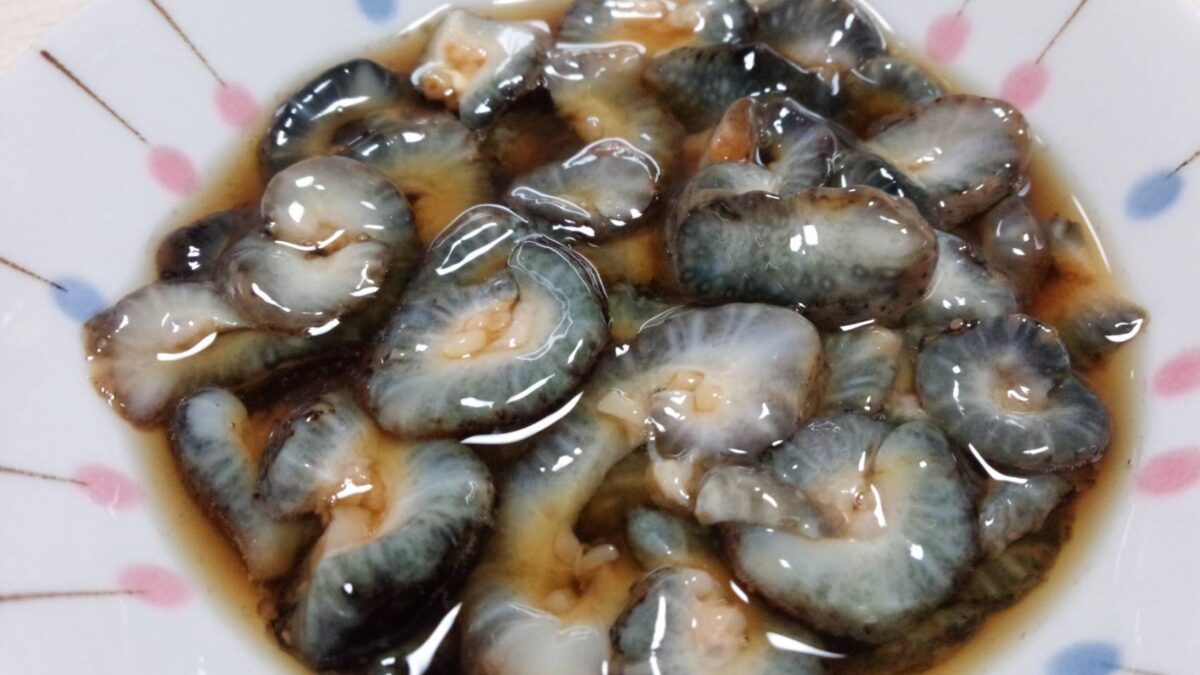
It might not look very appetizing with its dark-green skin slug-like appearance, but the sea cucumber has been featured in Japanese cuisine for hundreds of years. Nowadays, namako, as they are called in Japan, are farmed in a controlled environment where they can grow and breed without fear of pollution or toxins.
There are different types of namako, you can eat different parts of them, and they are generally eaten raw. Winter is the best time to eat sea cucumbers, as that’s when they are in season. Many izakaya and sushi restaurants serve namako dishes, as they work very well as appetizers. Try sliced sea cucumber with ponzu sauce which is a local favorite.
9. Turban Shell
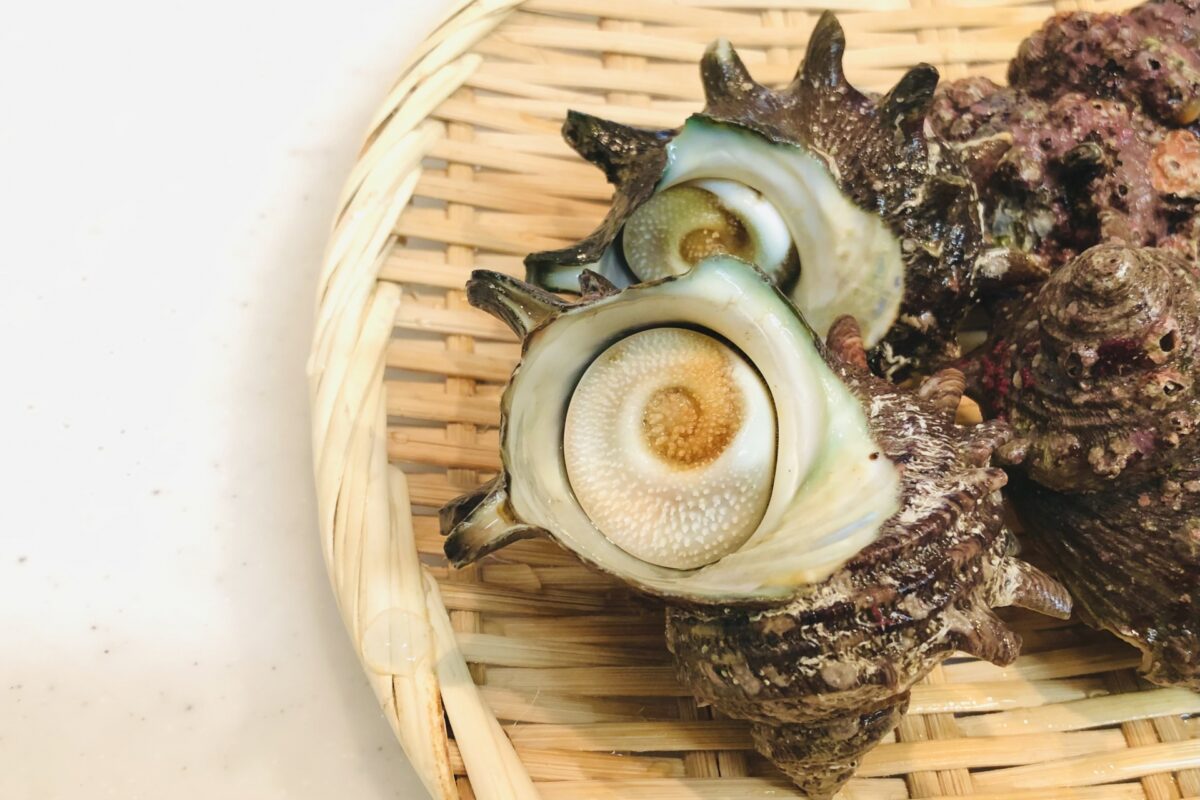
Turban shell or sazae in Japanese can be eaten raw as sashimi or sushi. When you eat them raw, you can enjoy a more crunchy texture. But, if you are not a fan of the strong flavor of the sea, they are also eaten after they are grilled or boiled in sake for extra flavor. If you enjoy escargots (‘regular’ snails in French cuisine), chances are that you will enjoy the texture and flavor of sazae as well.
10. Shirako
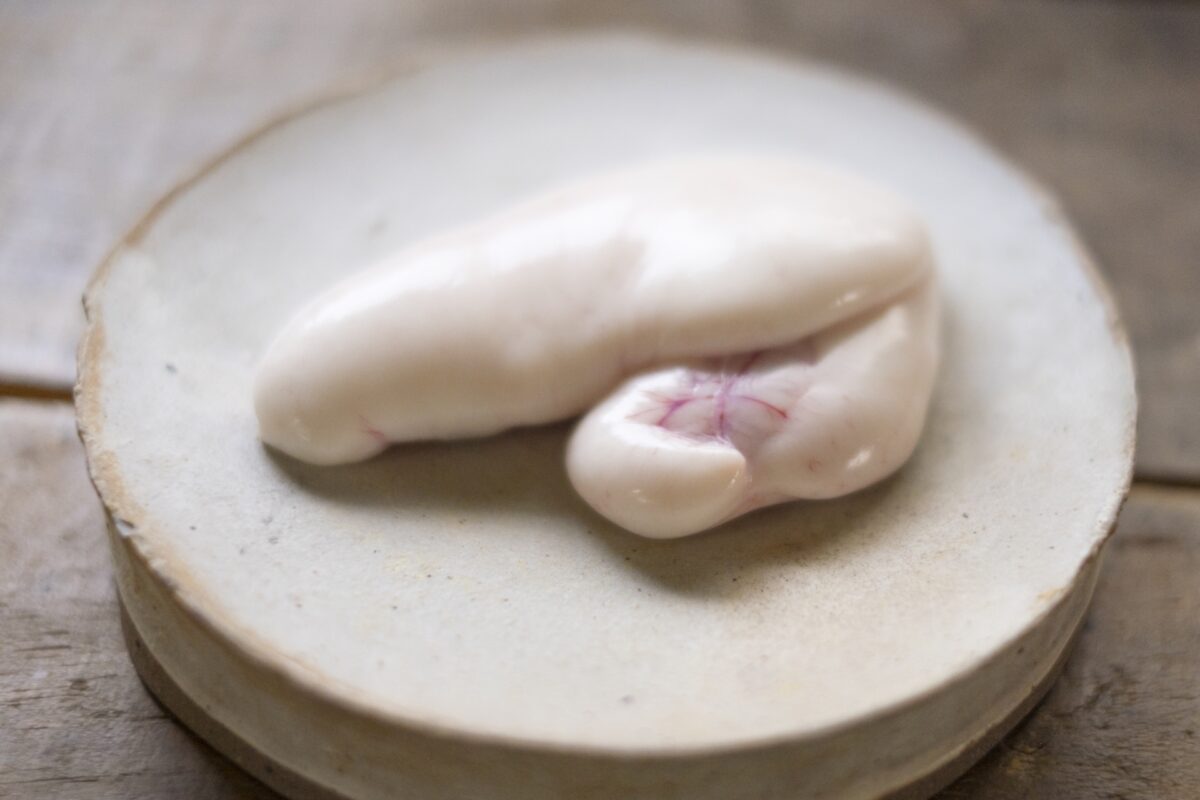
Shirako looks a bit like a brain, and when you hear that it is the sperm sac of a codfish it may not especially appeal to you. However, in Japan, many people consider it a scrumptious delicacy.
First-timers are advised to try shirako as tempura for the first time, as most people like the contrast between the crunchy crust and the soft inside. You can also eat it grilled which firms the structure a bit and makes it easier to eat. If you are truly adventurous, you can also have raw shirako, which tastes light and creamy, as sushi or with a simple topping like ponzu and grated daikon.
While the above list may not have immediately sparked your appetite, Japanese cuisine is incredibly rich and varied. There are 47 prefectures in Japan, each with its own local specialties, so it is no wonder that there’s such culinary diversity in Japan. In fact, there’s so much to try and taste that it is hard to know where to start when you come to Japan for the first time!
In this case, but also if you’ve been in Japan for a while and haven’t dared to go into local restaurants with an exclusively Japanese menu for a foodie adventure, doing a food-focused tour is a great idea. A food guide is not only a handy translator, they also know a large diversity of dishes from personal experience and know just what to recommend to you going on your personal preferences and adventurousness. We offer food-focused tours in Tokyo, Kyoto, and Kanazawa!
Japan Wonder Travel Food Tours
Japan Wonder Travel is a travel agency that offers guided tours throughout Japan.
From private walking tours to delicious Food and Drink tours, we can help organize the best tours just for you! If you want to explore Japan and learn more about the history and backstories of each area you are traveling in, our knowledgeable and friendly guides will happily take you to the best spots!
In addition, we can provide you with any assistance you may need for your upcoming trip to Japan, so please feel free to contact us if you have any questions or need some help!
▶Tokyo Tsukiji Fish Market Food and Drink Tour
Explore the most lively and popular fish market in Tokyo where you will have the chance to try some of the local’s favorite street foods and sake along with your friendly English speaking guide!

▶Shinjuku Bar Hopping Tour: Experience Tokyo’s Nightlife in Izakaya
Check out the best spots in Shinjuku while bar hopping through the lively and vibrant area. Try some delicious local food and drink as you explore the narrow yet photogenic alleys that the town has to offer. Experience Japanese izakaya culture and drink in Shinjuku like the locals!
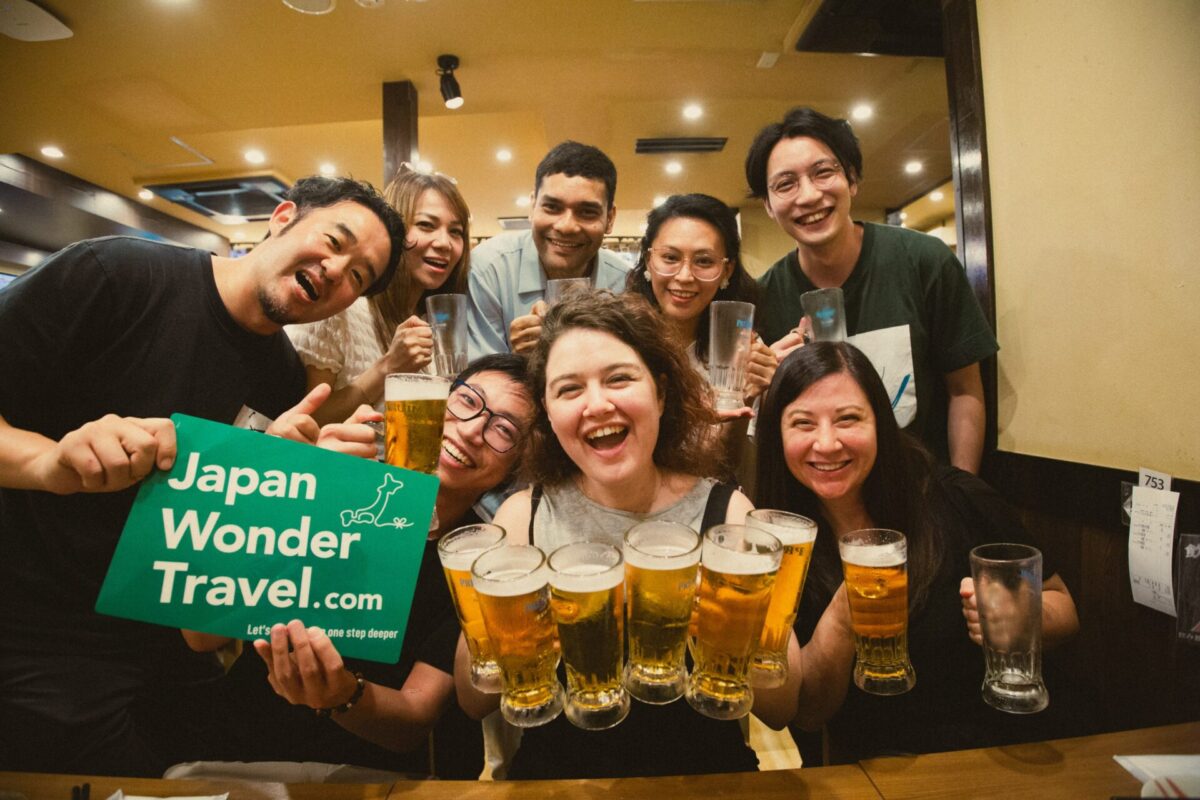
▶Explore Nishiki Market: Food & Culture Walk
If you’re looking to learn more about the culture and the local cuisine of Kyoto, this is the perfect tour for you! Take part in this Kyoto food and drink tour and explore the 400-year-old market and the surrounding areas.
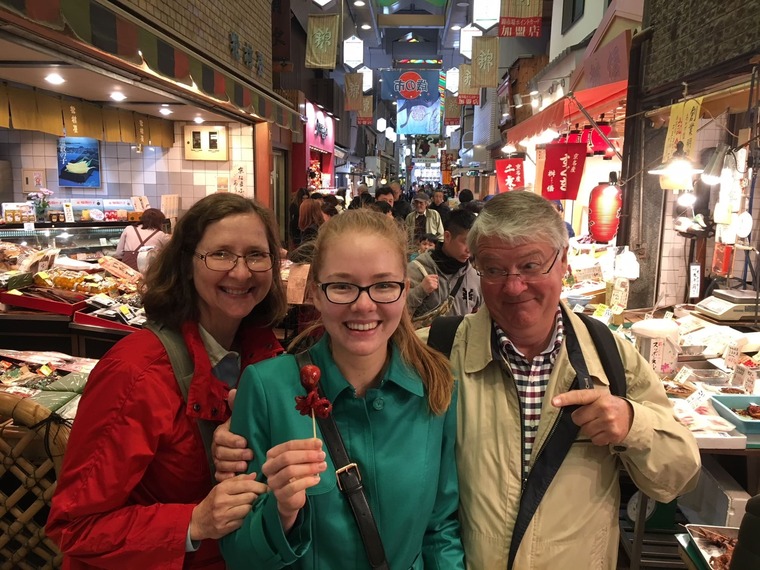
Follow us on Instagram, Facebook, Twitter, and TikTok for more travel inspiration. Or tag us to get featured!
Happy traveling!
Other articles you might be interested in

Stefanie Akkerman moved from the Netherlands to Japan in 2013 with her Japanese husband and son. She jumped into the niche of Dutch tour guiding in Tokyo and Kamakura in 2015 and occasionally writes articles about all the great sights and activities Japan has to offer. She loves (Japanese) food, and to work that all off she goes diving, snorkeling, cycling, or hiking.
This post may contain some affiliate links. When you click through and make a purchase we may receive some commission, at no extra cost to you.
